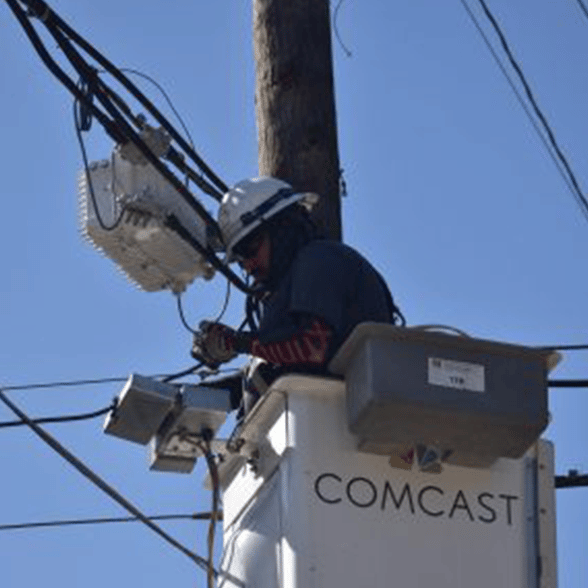 The revamped Apple TV, launched yesterday, is not about to trigger a wave of video cord cutting. But that doesn’t mean video service providers should ignore it. The product, or a product like it, could play an important role in generating more sales of multi-play service bundles, thanks to an interesting tie-in with iPhones and other wireless Apple products.
The revamped Apple TV, launched yesterday, is not about to trigger a wave of video cord cutting. But that doesn’t mean video service providers should ignore it. The product, or a product like it, could play an important role in generating more sales of multi-play service bundles, thanks to an interesting tie-in with iPhones and other wireless Apple products.
Scheduled for release later this month, the new Apple TV is one of numerous products that offer consumers a way of bringing Internet video content to the television screen—in this case through a four-inch square device that interfaces with an HD television via built-in HDMI. The four-inch square box, which also supports Wi-Fi and Ethernet, costs $99 and replaces an earlier version of the product that was larger and sold for $229.
Apple TV supplements Internet video fare such as YouTube with the ability to watch video content from Apple’s on-line iTunes store and from Netflix, along with individual TV episodes from ABC and Fox. Rental costs range from 99 cents for TV episodes to $4.99 for first-run movies.
The Apple product’s lack of support for traditional cable content is what has generated a “ho-hum” reaction from some reporters. But such reports may have overlooked the most unique feature of the new Apple TV –a capability called “AirPlay” that is scheduled to be available in November. The AirPlay feature will let people shift video, audio or photo content from their iPhone, iPod Touch or iPad to the television at the touch of a button.
Service providers have been dabbling with making multi-media content available to multiple devices, with the goal of capturing and retaining customers for a larger service bundle. Verizon already has taken a step in that direction with an offering that gives customers the ability to watch a portion of FiOS subscription video programming from any computer if they subscribe to both FiOS TV and FiOS Internet.
If Apple TV, or a product with similar capability, were to be included in a service provider bundle, customers not only would have the ability to watch programming on different devices. They would also be able to shift content dynamically from one device to the other–a capability viewed as having strong appeal to consumers.
Stakeholders have been talking about this idea for several years but Apple, with its AirPlay feature, may have taken the first step toward practical implementation. And the wireless tie-in potentially could help generate sales of elusive quad-play bundles.


